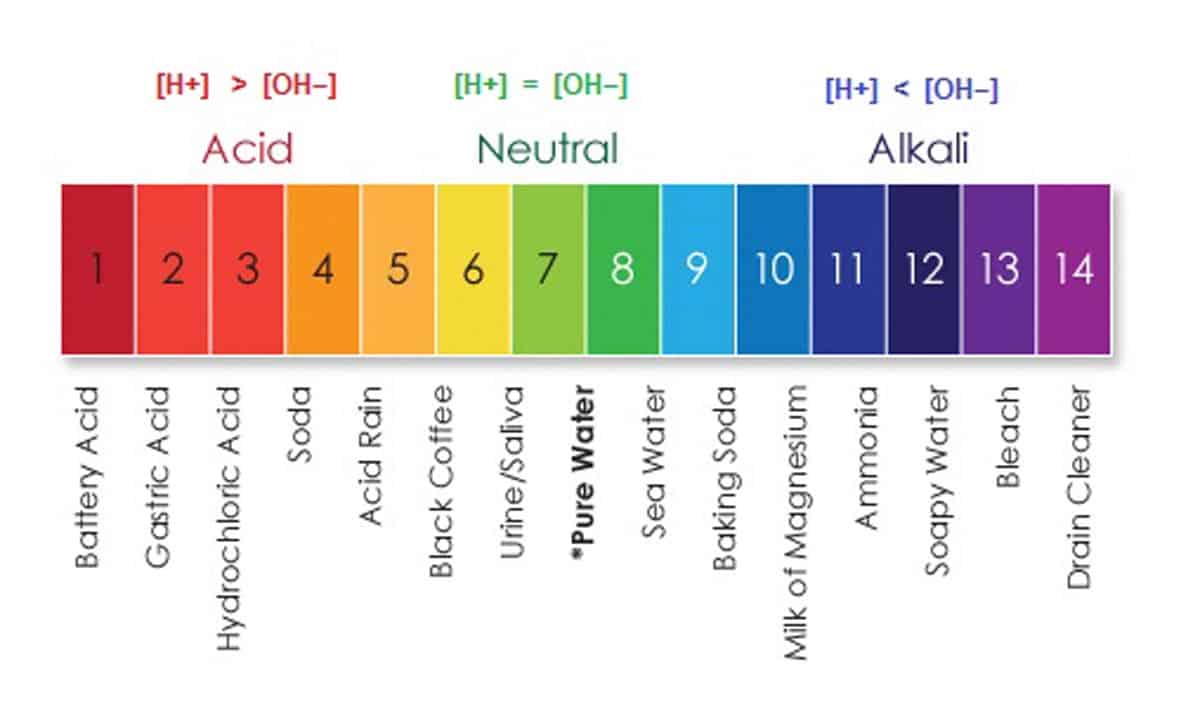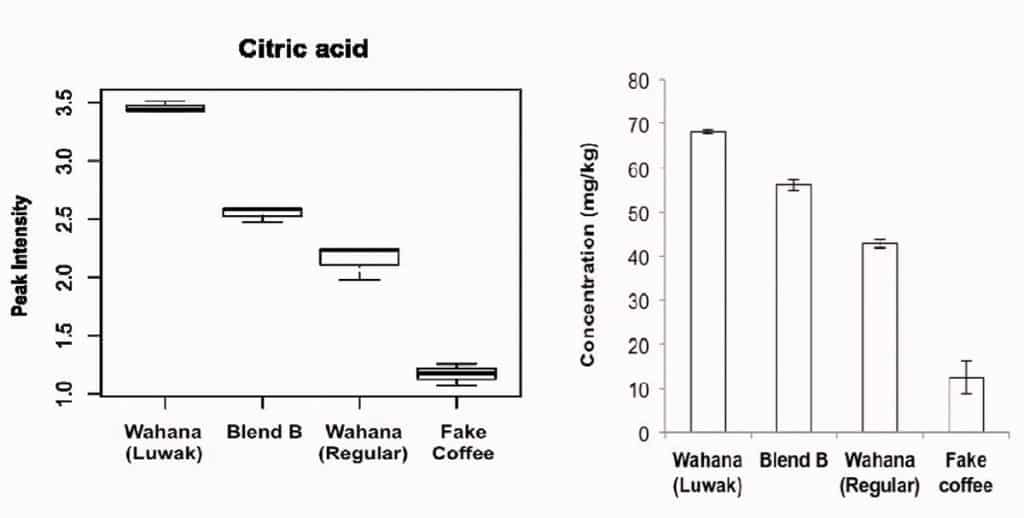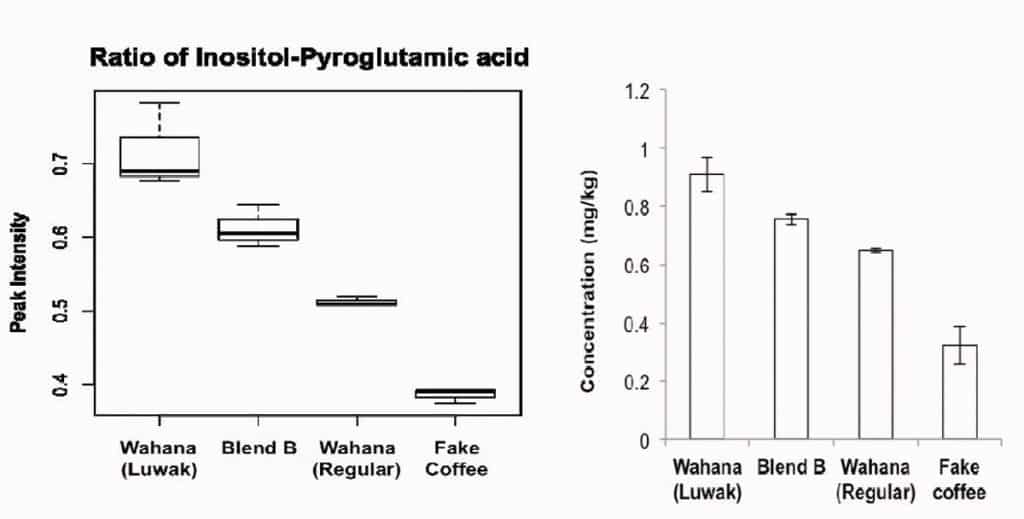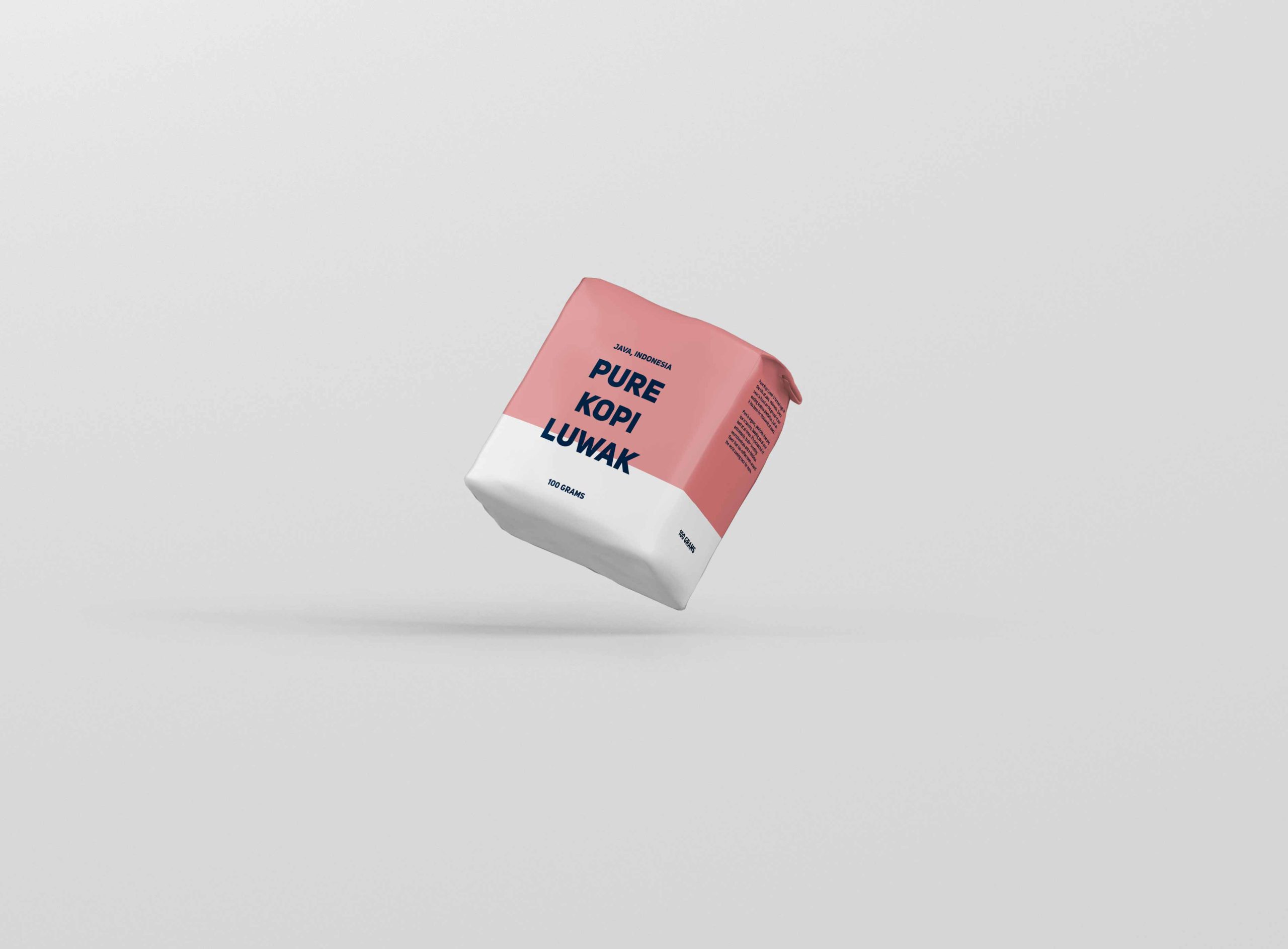On the pH scale, coffee sites somewhere in the range of 5, which means that coffee is acidic, not alkaline. However, to assume that all coffees are equally acidic is a huge mistake. As it turns out, some types of coffee—such as coffee made from beans harvested at high altitudes and coffees with high caffeine content, to name just two—are even more acidic, while a select few others fare much better. Here, we’re going to introduce you to a very specific type of low acid coffee that tastes incredible and will have you feeling great.
What Is An Acid?
Simply speaking, an acid is any substance with a pH below 7 (substances with a pH above 7 are called bases). 7 is the pH of pure water, which is neither acidic nor basic/alkaline. Acids and bases affect the body in different ways, and both acidic and basic substances are necessary parts of life.

Yet if all of the inputs you give your body are acidic (low on the pH scale), the body needs to do a lot of work to convert them to a pH it can deal with. For example, the pH of blood needs to be kept within the very narrow band of 7.35 to 7.45. If our blood goes outside of that range for some reason, the body reacts extremely negatively, and you can be seriously harmed. Yet many of the foods we eat tend to be acidic, which means the body is constantly working overtime to convert those foods into fuel it can use. This is why acidity matters.
Acid Causes Heartburn
60 million Americans experience heartburn at least once a month. The burning sensation actually has nothing to do with the heart at all, but is actually acid reflux (also known as GERD), in which stomach acid gets forced back up the esophagus toward the throat. Since the associated discomfort and irritation occurs in an area very close to the heart, we call it heartburn, though it’s taking place entirely within the digestive system.
One of the most common causes of heartburn is eating and drinking too many acidic foods like sugary snacks and soda. To put the acidity of these foods in perspective, Coca-Cola and Pepsi both have pH levels of around 2.5, which, from an acidity standpoint, is equivalent to drinking white vinegar. How do you think your stomach would react if you drank a liter of vinegar in one sitting? I don’t want to test that, either.
Is Acid Bad?
Not all acidic substances are bad for the body, just as not all basic or alkaline substances are good for it. There’s more nuance to it than that. As we’ll see a bit later in this post, some acids are extremely beneficial to the body. Once you know what those acids are and where you can get them organically, you’re on a good path.
What Makes Coffee Acidic?
Though coffee sits generally around a 5 on the pH scale, many factors impact the specific acidity level of the coffee in your cup:
Grinding Method
The finer you grind your coffee, the more acidic the resulting coffee will be.
Roasting Temperature & Length
Coffee roasted at higher temperatures for longer amounts of time are less acidic.
Bean Origin
Coffee beans grown at higher altitudes tend to be more acidic, as do beans grown in mineral-rich organic soil.
Bean Type
There are two main types of coffee beans produced in the world: Robusta and Arabica. Most people agree that Arabica beans taste better than Robusta beans, which is why Robusta beans are generally used in instant coffee and specialty coffees are always made from Arabica beans. Arabica beans taste less bitter than Robusta beans, though they’re also more acidic.
Brewing Time & Temperature
Though most of the other factors mentioned above are fairly clear-cut, brewing temperature follows an inverted U-curve, meaning that acidity increases at low temperatures, hits a peak around 94°C, and then decreases after that point. Brewing time works just the same way: acidity starts lower, peaks around five minutes of brewing, and then drops thereafter.
While each of these factors have an effect on the acidity level of your coffee, tweaking one or two of them is not enough to get you the results you’re looking for. If you want your efforts to have a truly noticeable effect—so you can prevent heartburn from coffee, feel great and stay in control of your life—you need to start with the right bean.
That’s where low-acid kopi luwak comes in.
What Is Kopi Luwak?
Kopi luwak is a rare coffee bean that occurs naturally in Indonesia. It’s sometimes known as “civet coffee” or “cat poop coffee,” since every kopi luwak bean has been eaten, digested and defecated by the palm civet, a small mammal native to that part of the world. While it may sound odd to brew something that’s already been eaten by an animal, some extraordinary benefits of kopi luwak have been discovered in recent years. Here are three of those benefits that explain why kopi luwak is such a good choice for a low acid coffee.
Health Benefits Of Kopi Luwak
Benefit #1: Kopi Luwak Is A Low Acid Coffee
Kopi luwak has a lower level of acidity than regular coffee, something both human experts and devices known as “electronic noses” can detect. However, not all acids are created equal, so what’s much more important than simply lowering acidity is removing the bad acids and replacing them with good acids. Bad acids are those that give you an upset stomach; good acids are those that make you stronger.
For example, though kopi luwak’s overall level of acidity is lower than that of regular coffee, it has significantly more malic acid than other types of coffee. Malic acid increases energy production in the body and increases our tolerance to strenuous exercise and muscle pain, making it one of many excellent health benefits of coffee, and particularly kopi luwak. Citric acid is just the same. Citric acid increases iron absorption, strengthens bones, and fights kidney stones, and there’s significantly more citric acid in kopi luwak than in other types of coffee.

Pure kopi luwak is packed with uber-healthy citric acid
At the same time, there is no correlation between the pH of coffee (its scientifically-measured acidity level) and how acidic/bitter it tastes in the human mouth. In fact, the coffee brew that tasted the most acidic of the nine types observed in this study was actually the least acidic (it had the highest pH value) of them all. Many people in the coffee industry even call acidity “brightness” and praise it as something admirable. To get to the bottom of this, we need to look at bitterness.
Benefit #2: Kopi Luwak Tastes Less Bitter
Kopi luwak is not only less acidic than regular coffee, but it tastes less bitter, too. There are a number of reasons for this, all of which stem from the unique fermentation process that occur when the coffee bean is digested inside the civet cat.
First, a cup of kopi luwak has about half the caffeine of a cup of regular coffee, and since caffeine content has a large effect on coffee’s bitterness, kopi luwak comes out well ahead.
Second, high protein content also makes coffee taste bitter, but because proteins in the coffee bean are broken down and leached out of the bean as the civet digests it, kopi luwak is probably the least bitter of any coffee you’ll try.
On top of that, every coffee connoisseur knows that wet processed or fermented beans are of higher quality and superior flavor than dry-processed beans. Numerous studies have shown that in wet processing arrangements, lactic acid bacteria are the preferred method of fermentation; lactic acid also happens to be the major colonizing bacteria in the civet’s digestive system. It’s a match made in heaven.
Benefit #3: Kopi Luwak Floods You With Calcium
Did you know there’s a specific class of medicines specifically aimed at neutralizing the effects of bad acids in the stomach? Those medicines are called antacids, and calcium is one of the most common antacids in the world. Calcium makes such an effective antacid not only because the form it most often appears in, calcium carbonate, is highly basic/alkaline (the opposite of acidic), but also because it works longer than almost any other antacid, giving it an impressive neutralizing capacity. This is also the reason calcium or calcium carbonate is often the main ingredient in heartburn-fighting products like Pepto-Bismol, Tums, Rolaids, Mylanta Supreme and Alka-Seltzer Heartburn + Gas: it’s extremely effective at fighting heartburn and acid reflux.

Pure kopi luwak is full of inositol, which helps the body in numerous ways
However, to regulate the release of the calcium stored in our cells, our bodies have a gatekeeper known as inositol. When our body has an increased level of inositol—one of the other health benefits of kopi luwak—a flood of calcium is released, which boosts neurotransmitter activity (good) and protects against the acid reflux reaction many of us get from coffee (really good). This interaction is especially crucial for women over the age of 45, whose diets generally lack the calcium they need to effectively combat osteoporosis. Kopi luwak is their knight in shining armor.
Where To Get Kopi Luwak
Pure kopi luwak comes from the steppes of Java, a region celebrated for the low levels of acidity in its coffee. It’s fresh, medium roasted and has all of the rich flavor you expect from kopi luwak. We only choose the absolute best beans, and we ship it to your door for free.
A low acid coffee with a few extra benefits to keep you feeling fit and strong. That’s kopi luwak.

